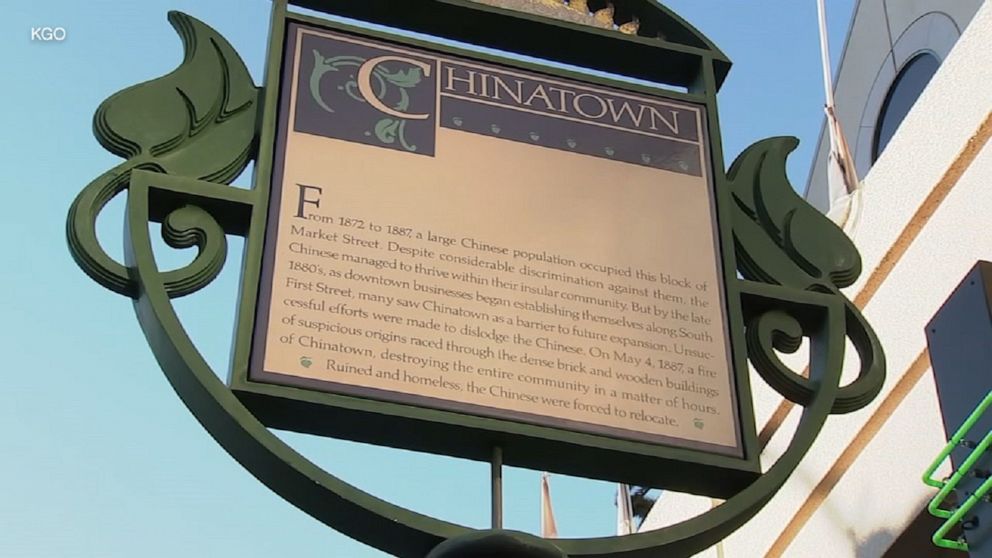The Long History of Anti-Asian Discrimination

Truth of the matter is that even for those who do understand that racism is a real problem and has been forever, we really underestimate the ubiquity and daily banality of that racism. It’s literally everywhere and at nearly all times. This story on San Jose apologizing for its history of anti-Chinese violence is just one example that is almost unknown on a national level.
The city of San Jose, Calif., apologized this week to Chinese immigrants and their descendants, acknowledging its role in nearly a century of violence and discrimination, including the dismantling and destruction of the city’s Chinatowns.
A resolution that the City Council unanimously approved on Tuesday also recognizes the contributions of San Jose’s Chinese community. It also acknowledges “acts of fundamental injustice, terror, cruelty and brutality” and aims to use the apology as a teachable moment. Officials in Antioch, Calif., approved a similar resolution in May.
San Jose was home to five Chinatowns, the first of which flourished on Market Street from 1866 to 1870, when the city was a center for agriculture, the resolution says.
Chinese immigrants faced racism and xenophobia and were denied equal protection under the law. The Chinese Exclusion Act of 1882 restricted Chinese immigration and declared that state and federal courts could not grant citizenship to Chinese immigrants.
As anti-Asian discrimination became institutionalized in the years that followed, San Jose moved to dismantle the second Market Street Chinatown to make way for a new City Hall. In 1887, the City Council declared the neighborhood a “public nuisance” and “dangerous to the health and welfare of all citizens.” City officials at the time also said the Chinatown market was a “standing menace to both public and private morals, peace, quiet and good order.”
Before action could be taken, an act of arson destroyed the market, homes and businesses, displacing 1,400 members of the Chinese community. A request for permits to rebuild was declared out of order by the mayor.
In 1949, the city demolished the Ng Shing Gung Temple, the last vestige of the city’s Heinlenville Chinatown, over the objections of historians and Chinese American residents. The Chinese Historical and Cultural Project built a replica of the temple, with exhibits about Chinese American history in the Santa Clara Valley, and gave it to the city in 1991 as a token of friendship and forgiveness.
1949. Ah. Lots of people there at the time are still alive. And that’s the reality–it was everyday and remains everyday. None of this is a past thing. It’s all a relevant thing for the present. I’m not really sure that the apology does anything, but it is a first step toward doing anything. Let’s hope San Jose moves ahead on centering this history.
